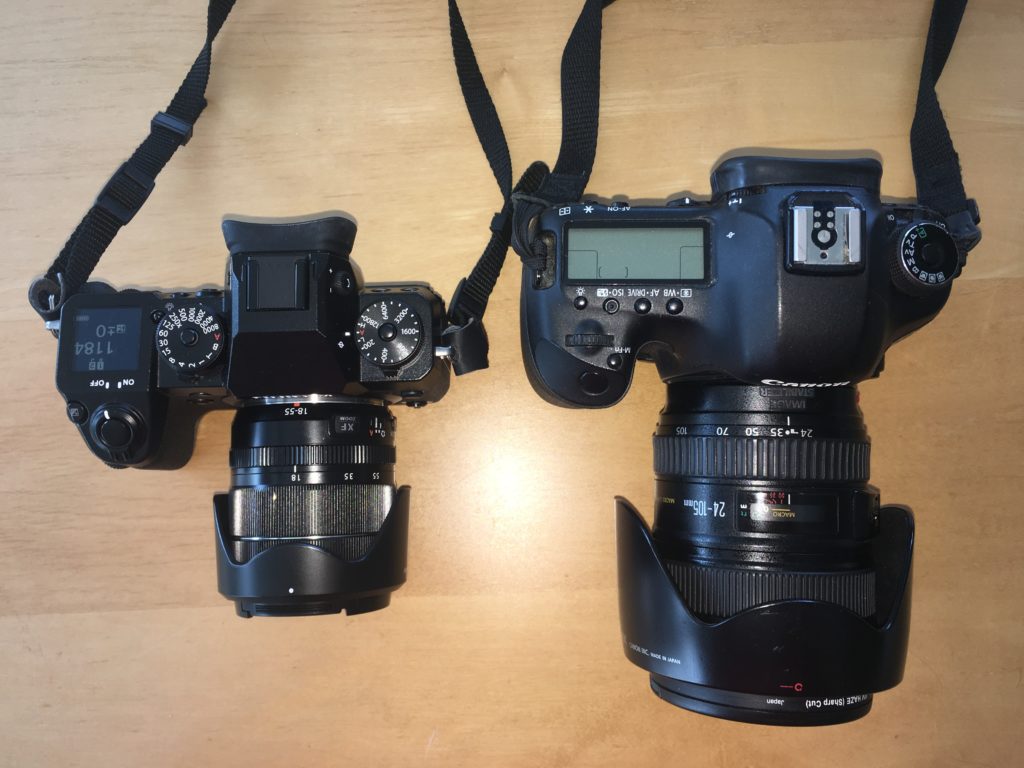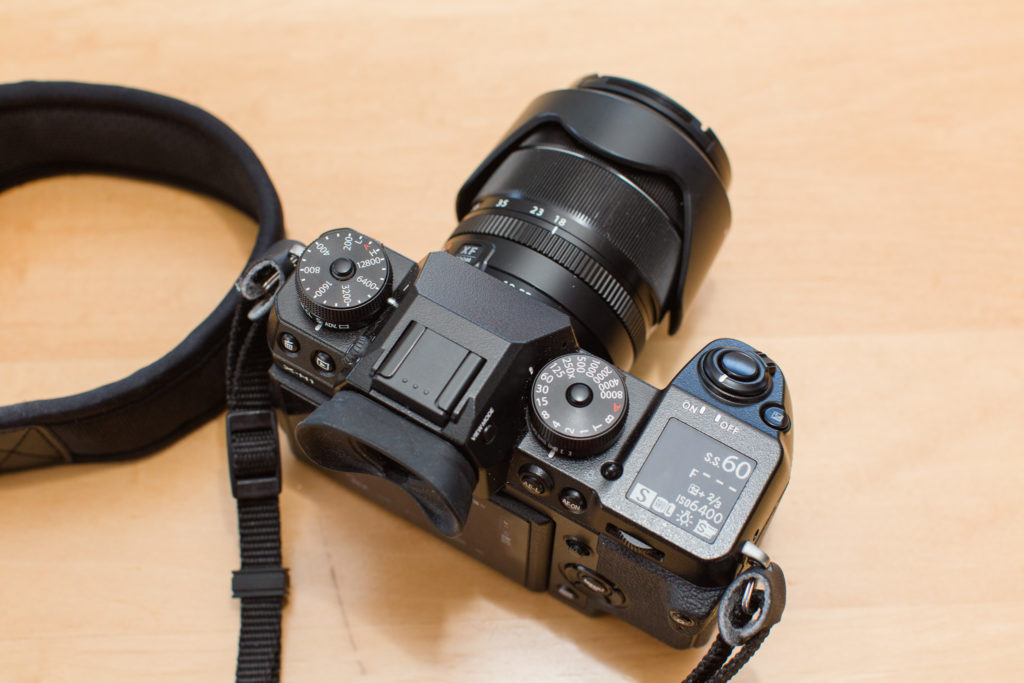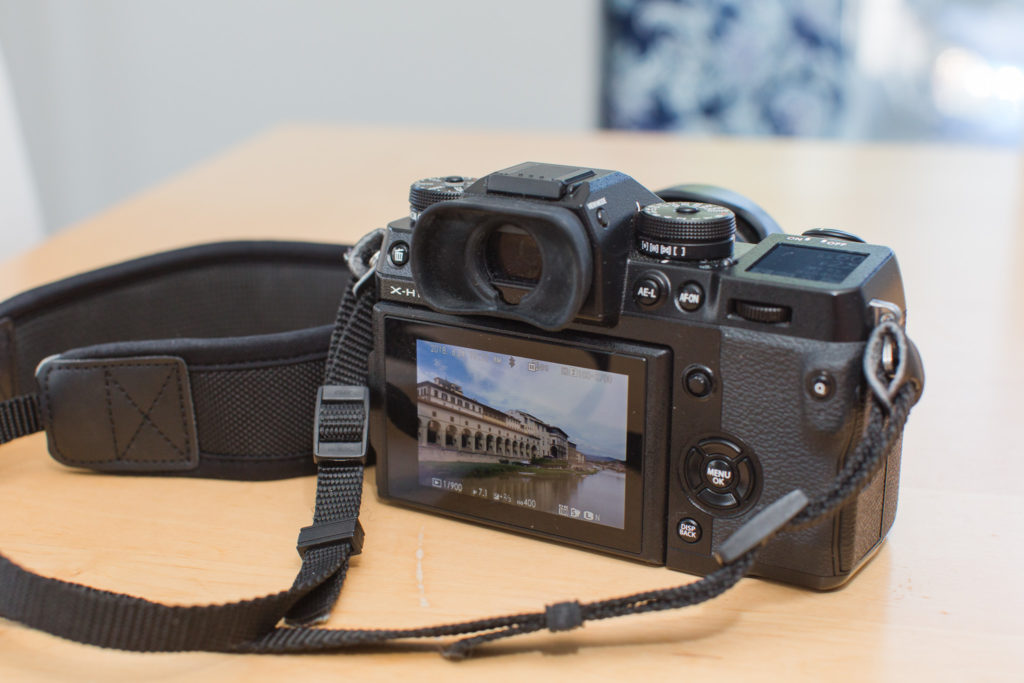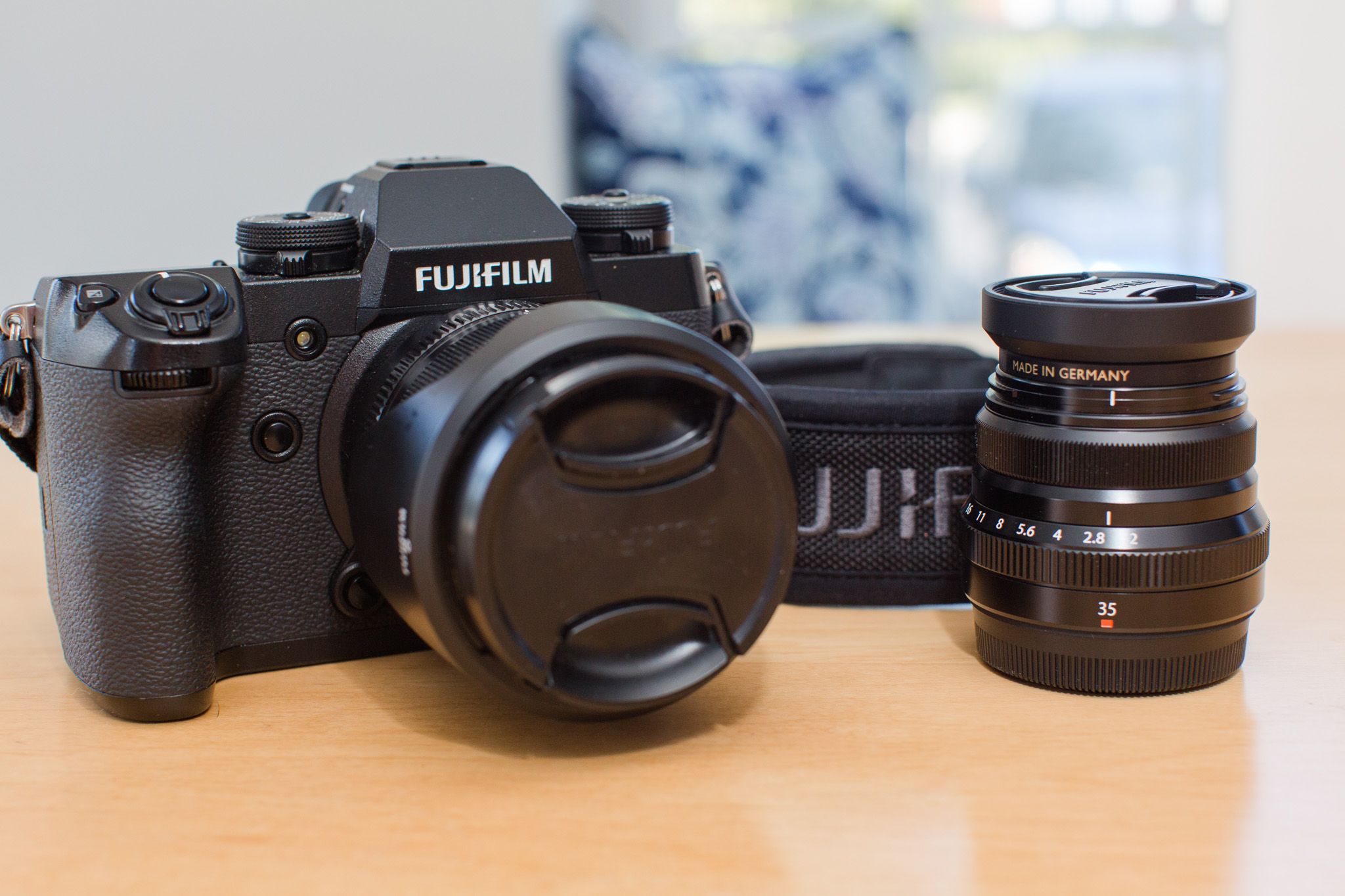In preparation for my – not one, but TWO! – trips to Italy this summer, I started looking at ways to travel more lightly. I actually travel a fair bit for work, but just domestically, so I’ve never really worked that hard at scaling back what photography gear I take on a trip. Usually, I’d rather be prepared for anything than leave something behind just to save a few ounces (okay, pounds!) here and there. Besides, once I get somewhere and take a van or car to my hotel, I don’t have to haul everything I take until going back to the airport, so I don’t really worry about the weight. I’ve simply just come to accept that my carry-ons through the airport are going to be heavy since I am always carrying a full DSLR kit and a laptop when traveling for work.
But with my trips to Italy, I knew I would be taking trains in addition to planes and cabs. On top of that, European hotels don’t always have elevators; and, when they do, the elevators can actually be located up a few steps from the ground level. So I wanted to be able to travel with just a carry-on size suitcase and a backpack for everything. This meant some serious downsizing was in order.
One thing I knew I wouldn’t have to worry about would be a laptop because these are non-working trips! Anything I need to do I can do on my iPad. However, that still left me with a large, heavy camera outfit. My main camera is a Canon 5D Mark III DSLR, which is pretty weighty. And my lenses are even heavier because they are all pro-grade lenses with a lot of large glass. If I was going to travel with my 5D, I was going to have to limit myself to just the camera and one mid-range zoom lens as anything more would be too heavy and take too much space. But the thought of having only my 24-105mm lens bothered me because the more I researched my trip, the more I felt like that lens would be both not wide enough and not long enough for all the scenarios I might encounter.
Considering Mirrorless
I started researching alternatives to my Canon DSLR and quickly found myself looking at the world of mirrorless cameras. Mirrorless cameras are different from DSLRs because they eliminate the whole mirrored pentaprism structure that SLRs/DSLRs have that allow you to actually see through the lens when you put your eye up to the viewfinder. When you press the shutter button on a DSLR to take a picture, the mirror in front of the shutter flips up, blacking out the viewfinder, and exposing the shutter and ultimately the sensor to the light coming in through the lens. This type of camera construction has its advantages, but it does add dimension and weight to the camera body.
Mirrorless cameras on the other hand take advantage of digital technology by replacing the optical viewfinder and mirror box of the DSLR with an electronic viewfinder that essentially gives you a video feed of what the camera sensor is “seeing” itself through the lens. The cool thing about this method is that one can actually see what their exposure and depth of field and white balance and everything are going to be in their final image before they even press the shutter! It’s amazing!
Falling for Fuji
I have a photographer friend that has used a number of different camera systems over the years, so I reached out to him for advice and he pretty much reaffirmed for me the direction I was already leaning – a Fujifilm X-series mirrorless camera. The X-series cameras are a nice size… smaller than a DSLR, but bigger than the tiny digital point-and-shoots… and the lenses are also small and lightweight, but extremely high quality. And I like how they have a lot of mechanical dials on the body for your exposure settings, as opposed to everything being set in menus and on digital screens. Initially, I was looking at the X-T2, but then I saw that Fuji had just released a new mirrorless body – the X-H1 – that had in-body image stabilization (IBIS). With Canon, I have a number of lenses that are image stabilized, but not all of them are. So having a camera body with IS makes every lens you put on the camera an image-stabilized lens!

Fuji X-H1 with 18-55mm f/2.8-4 IS lens (left) vs. Canon 5D Mark III w/ 24-105mm f/4 IS lens (right)
The X-H1 also offered dual card slots, which is something I really love on my 5D and is not something you find on every mirrorless camera body. I am a little fanatical about image backup, and dual card slots means I can write RAW images to one card and JPEG copies to the other card and I have an instant backup in case one card fails. The camera also has some nice WiFi and Bluetooth technology that allows me to transfer images from the camera to my cell phone while out shooting so I can immediately share images if I wish. And thanks to the Fuji film emulsion processing styles in the camera, straight-out-of-camera JPEGs look really, really good.
Conclusion
I’ve already taken my first trip to Italy and can say 100% that I am extremely happy with my purchase. I was able to carry around this camera and a total of 3 lenses (Fuji 18-135mm f/3.5-5.6, Fuji 10-24mm f/4, and Fuji 35mm f/2) in a large travel purse and at no point did I feel weighed down by my equipment like I would have with my Canon gear. I also felt like I didn’t look like I was carrying an expensive camera, which I feel like a large DSLR always looks like. It was also incredibly easy to use and made quick, on-the-run photography very easy. I am looking forward to traveling more and more with this little camera!

Fuji X-H1

Fuji X-H1
